Police
In northwestern Poland, about ten kilometres north of Szczecin, lies a small town called Police. Police lay within german borders up til 1945 and was called Pölitz. In 1937, industrial giant IG Farben began to establish a large factory complex (about 15 hectares) for synthetic fuel production. The plant was called, Hydrierwerke Politz AG, and was one of total twelve plants established for this purpose. From the very beginning, fuel production, aimed for the german army was its main purpose. In connection with the outbreak of war, production raised and slave workers from six nearby labor camps, Tobruklager, Pommernlager, Nordlager, Wullenweverlager, Hagerwelle and Dorrfeldlager, were used in the production. In 1943 the factory produced 15 percent of Germany’s total fuel production and thus became target for intense allied bombings. But despite bombings, production was never completely knocked out. About 13,000 prisoners died during the factory’s existence. After the war, the badly damaged factory was abandoned.
Current status: Demolished (2012).
Location: 53°33'31.29" N 14°33'06.70" E
Get there: Car.
Follow up in books: Ulrich, Herbert: Hitler’s Foreign Workers: Enforced labor in Germany under the Third reich (2006).
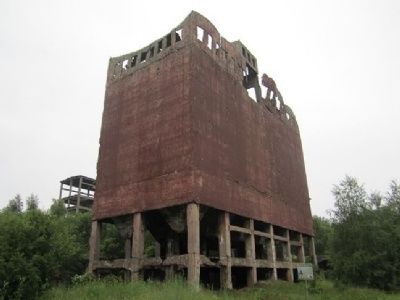
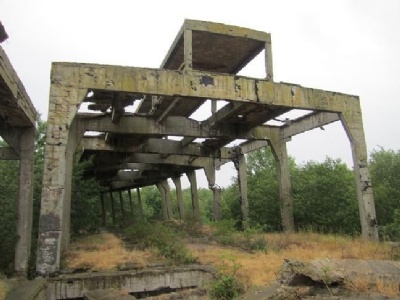

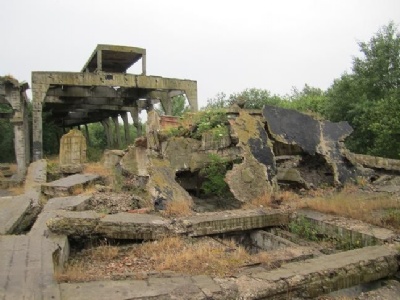
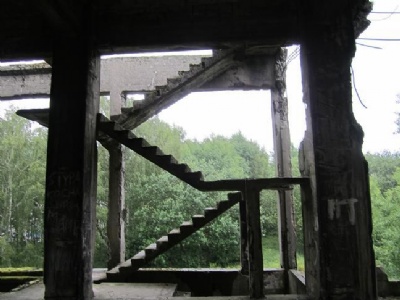
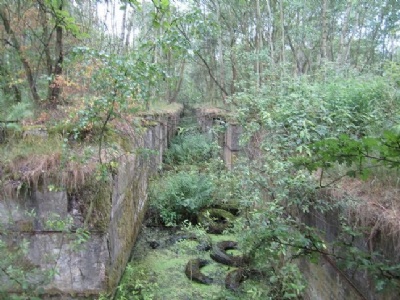
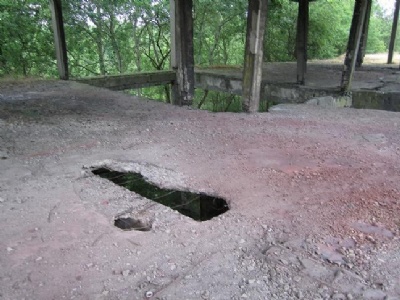
The whole area can be visited and there are several ruins that still remain and these are in deed impressive. It’s interesting to walk into them and climb up the floors but is nothing for those who have the slightest fear of heights. There are absolutely no safety measures at all, everything is done at one’s own risk and it is important to be vigilant because there are treacherous holes and debris that can be dangerous. Some ruins also seem to be more or less dilapidated and will probably fall apart sooner or later. But this is what makes the area so fascinating, that it is completely left to its fate and thus a little dangerous. It is also noticeable that the ruins are visited by many because there are trampled paths up to the more majestic ruins while other smaller ruins are barely visible in the dense vegetation. Extinct fires, graffiti and other stuff people has brought with them also testify that the area is visited.